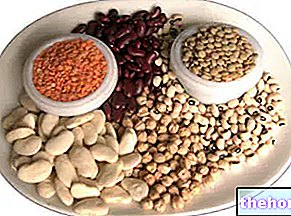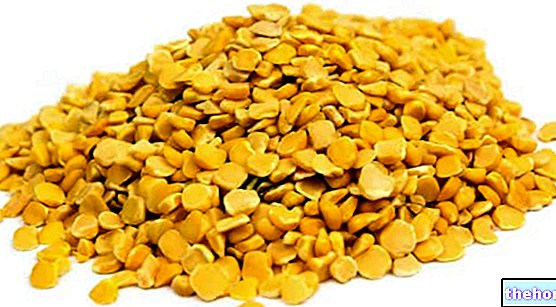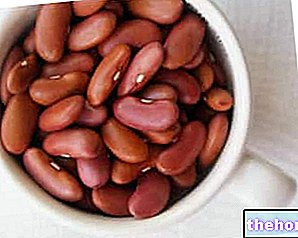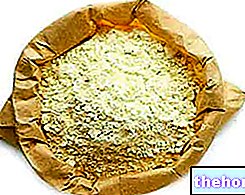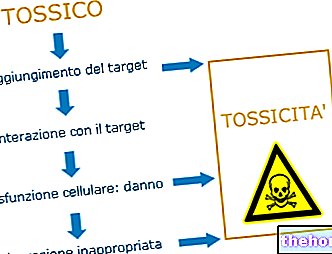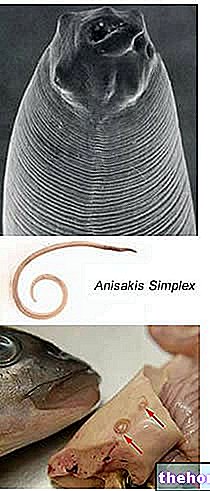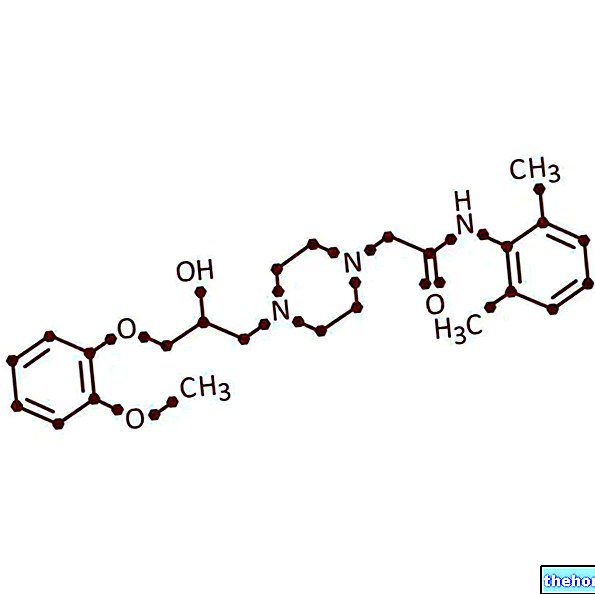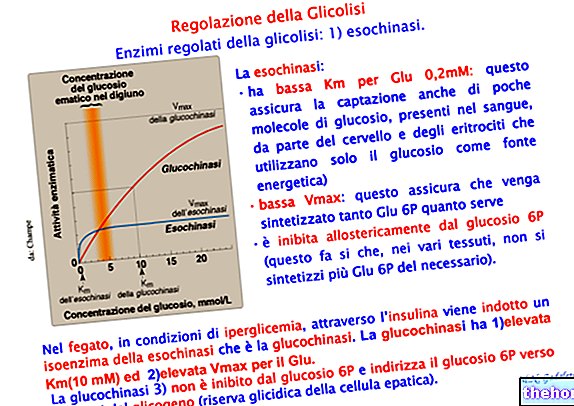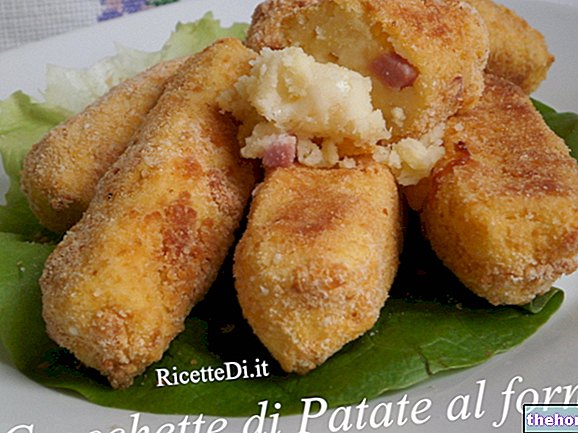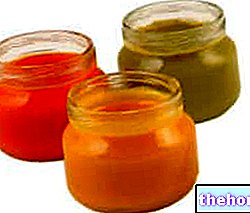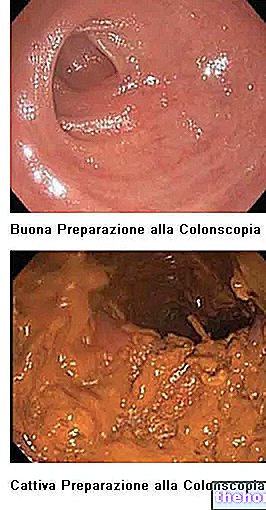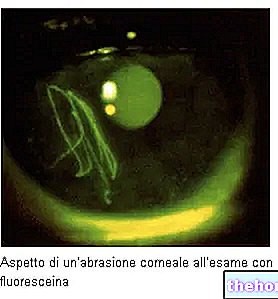Scroll down the page to read the summary table on lupins
- Lupins in Spanish: Altramuz chocho blanco
- Lupins in German: Wolfsbohne
- Lupins in English: white lupine
- Lupins in botany: Lupinus albus
- Lupine cultivation: known since ancient times
- Original areas of cultivation: Mediterranean and Middle East
- Soil and climate: lupine's marked adaptability to acidic and arid soils, and to harsh and unfavorable climates
- Currently: widespread cultivation in the southern areas. In general, the demand for lupins has collapsed when compared to a few decades ago
- Botanical name: Lupinus albus
- Family: Papilionaceae legumes
- Stem: slightly branched stem which, generally, does not exceed 70 centimeters in height, but which can sometimes reach one and a half meters
- Leaves: alternate and palmate-compound, each consisting of 5-9 leaflets arranged along the peduncle
- Flowers: large, showy and whitish, sometimes spotted with light blue
- Legumes: long and erect pods, containing seeds
- Seeds: flattened, lenticular and white-yellowish
- Soil: Lupins thrive easily on acidic soils
69% water
16.5% protein
7% carbohydrates
remaining 6.5% divided between fiber and fat
mineral salts: iron and potassium
Modest amount of vitamin B1
- Alkaloids: lupotoxin, lupanine and oscilupanine
- Organic acids
- Resins
- Lupeolo
- Galactose
- Arginine
- Vanillin
- Lecithin
Future objectives → improvement and correction of the genetic profile of the lupine, in order to reduce the quantity of alkaloids inside the seeds
- Lupins are mostly eaten as a snack rather than a meal
- Lupine meal → livestock feed
- Lupine powder as a coffee substitute → mix with barley or wheat powder to sweeten the aroma
- Vacuum packed lupins
- Dried lupins → require soaking and cooking
Currently: lupins = vermifuge and anthelmintic (flour), diuretic, emmenagogue and aperitif, possible natural febrifuge
- Hypothesis N ° 1: lupine contains traces of inhibitors of lecithins, trypsin, isoflavones and cyanogenic compounds → extraordinary properties in the prevention of cardiovascular diseases, hypertension in particular
- Hypothesis N ° 2: lupine = insulin substitute → hypothetical hypoglycemic properties
Other Foods - Legumes Peanuts Chickpeas and Chickpea Flour Cicerchie Beans Azuki Beans Green Beans Broad Beans Falafel Chickpea Flour Bean Flour Bean Flour Lentil Flour Pea Flour Soy Flour Legumes Lentils Lupins Peas Soy Jackdaws Tempeh Tofu Yogurt ARTICLES Soy OTHER Categories Alcoholics Meat Cereals and derivatives Sweeteners Sweets Offal Fruit Dried fruit Milk and derivatives Legumes Oils and fats Fish and fishery products Salami Spices Vegetables Health recipes Appetizers Bread, Pizza and Brioche First courses Second courses Vegetables and Salads Sweets and Desserts Ice creams and sorbets Syrups, Liqueurs and grappas Basic Preparations ---- In the Kitchen with Leftovers Carnival Recipes Christmas Recipes Diet Recipes Light Recipes Women's Day, Mum, Dad Functional Recipes International Recipes Easter Recipes Recipes for Celiacs Recipes for Diabetics Recipes for Holidays Recipes for San Valentino Recipes for Vegetarians Recipes p roteiche Regional Recipes Vegan Recipes

